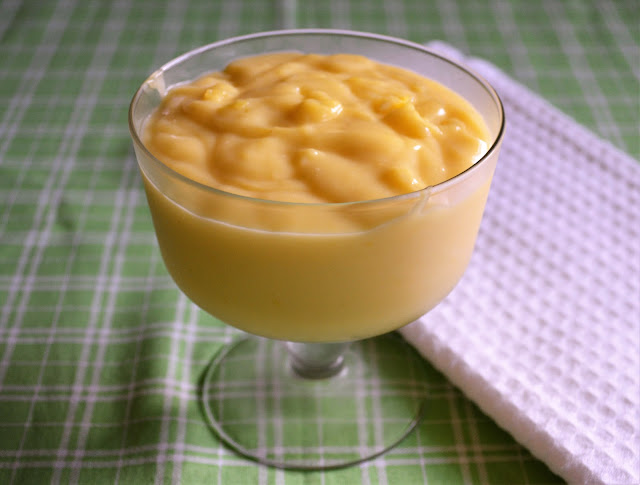I always have big ideas. Big
ideas like cooking my way all the way through a great cookbook, tasting every
recipe, and having the time of my life. My big ideas rarely survive contact with
reality, however, and so my wonderful cookbooks get put aside, victims of busy
schedules and procrastination.
The good news is that I did
finally get a chance to try another recipe from a book I’d love to bake my way
through, Good to the Grain by Kim Boyce. (These bars were based on a recipe in this book, as was the multigrain
flour mix that I used in these baguettes and this zucchini cake.) I baked a version
of the scones in the barley chapter, made with whole grain barley flour and
just a touch of brown sugar.
I simplified both the ingredients
and the procedure for this recipe. I just kept the scones basic, without the
baked-in layer of jam in the original recipe (although that would be great,
too), and I made the dough in the food processor. I like to make scone doughs with
the food processor, possibly because I’m a little lazy, but more likely because
I’m impatient (and busy), and excited to taste final products without having to
wait too long.
These scones are wonderfully
delicious! They mostly taste of barley flour, which is almost toasty and a
little nutty. It’s mild enough that you can also taste the butter and a pleasant
hint of salt. There’s just enough brown sugar in the mix to enhance the other
flavors rather than make things especially sweet. The scones are pleasantly
crumbly, but hold together very well at the same time. Their relative
simplicity also makes them great vehicles for fruity jams or lemon curd.
I love to have something quick
to grab in the morning when I wake up and stumble my way to the coffee pot.
These scones are perfect for that, with the delicate barley flour flavor giving
me something delicious to contemplate as I try to wake up. They’re also great
afternoon snacks, of course, and, most important, they’re a delicious stop on
my slow but determined journey of big ideas.
Barley Flour Scones
Adapted from
Good to the Grain by Kim Boyce
1 cup plus 2 tablespoons
barley flour
1 cup all-purpose flour
¼ cup dark brown sugar
2 teaspoons baking powder
½ teaspoon baking soda
1 teaspoon fine salt
1 stick (4 ounces) cold, unsalted
butter, cut into small pieces
½ cup buttermilk
1 large egg
Coarse sugar for sprinkling
1. Preheat oven to 350 F.
Line a large baking sheet with parchment paper or a silicone baking mat. Set
aside.
2. In the bowl of a food
processor, combine the barley flour, all-purpose flour, brown sugar, baking
powder, baking soda, and salt. Pulse a few times to mix well.
3. Add the cold butter pieces
to the flour mixture. Pulse several times until the butter is mostly in
pea-size chunks and well-coated with the flours.
4. In a small bowl, whisk
together the buttermilk and egg until smooth. Add to the mixture in the food
processor. Process just until the mixture can hold together when squeezed.
Transfer the crumbly dough onto a well-floured surface.
5. Gently knead the dough
together and press into a disk roughly 7 inches in diameter and ¾ inch thick.
Cut the disk into 8 equal triangles. Transfer the unbaked scones to the
prepared baking sheet. Sprinkle each with coarse sugar.
6. Bake at 350 F for 20-25
minutes or until the scones appear dry and lightly golden brown. Transfer to a
wire rack to cool. Enjoy slightly warm or cool completely. Store at room
temperature in an airtight container for a day or two or freeze for a month or
so.
Makes 8 scones.
Other recipes like this one: Barley Pancakes with Orange Juice and Vanilla, Cherry Almond Scones, Cranberry Orange Oatmeal Scones
One year ago: Rosemary Focaccia,
Oatmeal Pecan Chocolate Chip Bars










